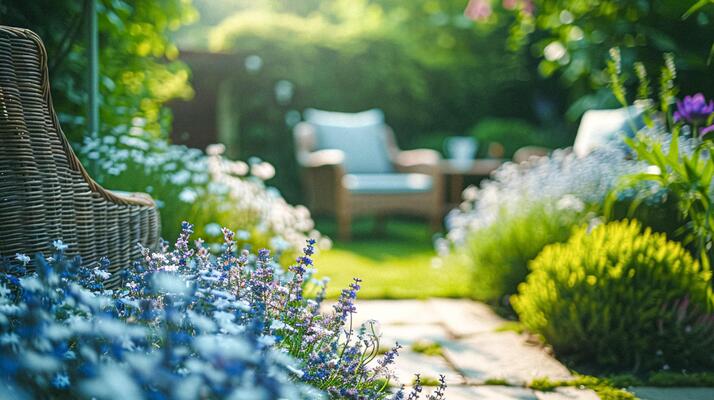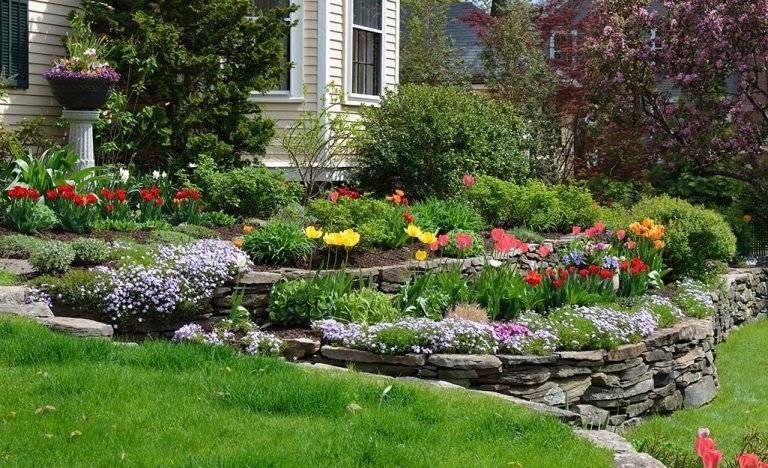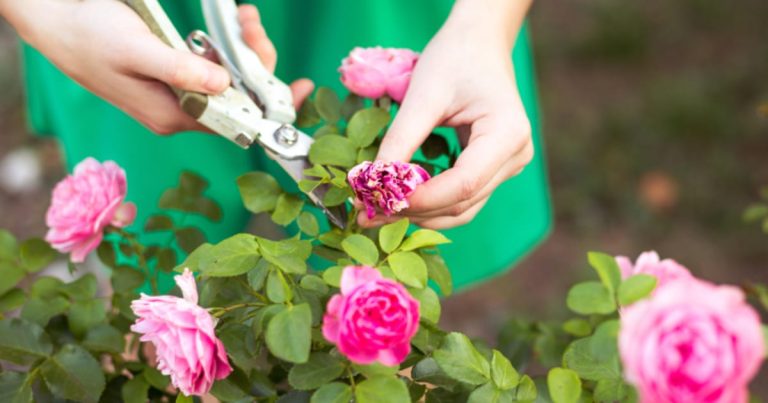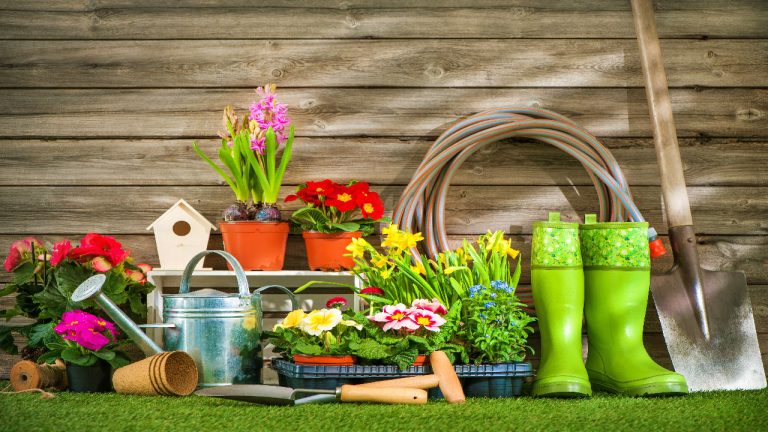
Landscaping is the art of transforming an outdoor space into a visually pleasing, functional, and harmonious environment. Whether you’re looking to create a peaceful retreat, a vibrant garden, or a practical outdoor living area, mastering landscaping in your gardening and outdoor space can significantly enhance the beauty and value of your home. It’s a rewarding process that blends creativity with practical knowledge, and while it may seem daunting at first, breaking the process down into manageable steps makes it achievable. In this guide, we’ll take you through a step-by-step approach to mastering landscaping, ensuring that you can bring your dream outdoor space to life.
Step 1: Assessing Your Space
Before you begin planting or building, take a step back and thoroughly assess your outdoor space. This initial step is crucial as it helps you identify your garden’s strengths, limitations, and unique features. Consider factors such as the size of your yard, sunlight exposure, and existing structures like fences, trees, or pathways. Take note of areas that need improvement and determine how much maintenance you’re willing to commit to. Are there slopes that need leveling, areas with poor drainage, or places where you’d like more privacy?
Think about your lifestyle as well. Do you want an area for entertaining guests? A peaceful garden to relax in? Or perhaps a family-friendly space for outdoor play? Answering these questions will help you tailor your landscaping design to fit your needs.
Step 2: Defining Your Landscaping Goals
Once you’ve assessed the space, it’s time to define what you want your landscaping to achieve. Are you looking for a low-maintenance garden, a formal landscape with clean lines, or a naturalistic, wild look? Understanding your goals will guide every decision you make during the design process.
Consider the atmosphere you want to create: Do you envision a lush, tropical paradise or a minimalist, Zen-inspired retreat? Would you like to attract wildlife, or focus on privacy and seclusion? Setting clear goals ensures that your landscaping choices—whether they involve plants, hardscaping, or outdoor furniture—align with your vision.
Step 3: Planning and Designing Your Layout
Planning is the key to success in landscaping. Draw a detailed layout of your garden to scale on paper or use landscape design software to visualize your ideas. Think of your space as a blank canvas where you can experiment with shapes, colors, and textures. Consider these elements as you plan:
-
Paths and Walkways: Establish clear routes for walking through the garden. Whether it’s a meandering gravel path or a stone walkway leading to a central seating area, well-placed paths help to guide visitors through your garden while enhancing its aesthetic appeal.
-
Focal Points: Every garden benefits from a focal point, such as a statue, fountain, or a striking tree. This draws attention and adds visual interest to your landscape. Make sure that the focal point fits well within the overall design, and consider how it complements surrounding elements.
-
Functional Zones: Divide your garden into different zones based on their function. Perhaps a quiet corner for reading, a sun-drenched area for a vegetable patch, or a shaded nook for relaxing in the afternoon. Clearly defined spaces enhance both the beauty and practicality of your outdoor environment.
-
Balance and Proportion: Pay attention to the proportion of different features in your garden. For example, large plants should be positioned in the back, with smaller flowers and shrubs toward the front to create layers. The goal is to maintain a sense of balance, so your garden doesn’t feel overcrowded or uneven.
Step 4: Selecting the Right Plants
The plants you choose will set the tone for your garden, so it’s important to pick varieties that suit your climate, soil, and aesthetic preferences. Take the time to research plants that thrive in your local environment and consider their growth patterns, blooming seasons, and maintenance needs. Some essential factors to keep in mind include:
-
Sunlight: Understand the sunlight conditions in different areas of your yard. Some plants require full sun, while others thrive in partial shade. Make sure to choose plants that are compatible with the light exposure in each zone of your garden.
-
Soil Quality: Test your soil to ensure it’s healthy and fertile. Certain plants prefer acidic, neutral, or alkaline soils, so knowing the pH of your soil can help guide your plant selection. You may need to amend the soil with compost or fertilizers to improve plant health.
-
Maintenance: Be realistic about how much time you want to spend caring for your garden. Low-maintenance plants, such as succulents or native species, are ideal for those with busy schedules. On the other hand, if you enjoy spending time in your garden and don’t mind regular upkeep, you can opt for more demanding plants.
-
Color and Texture: Choose plants that complement each other in terms of color and texture. Use a mix of flowering plants, shrubs, and evergreens to create visual interest throughout the seasons. Consider color combinations that create harmony, such as complementary hues or a monochromatic palette, depending on your design goals.
Step 5: Incorporating Hardscaping Elements
Hardscaping refers to the non-plant elements of landscaping, such as patios, retaining walls, paths, and outdoor structures. These features not only provide function but also enhance the visual appeal of your garden. Start with the basics:
-
Patios and Decks: Outdoor living spaces are increasingly popular, and a well-designed patio or deck can become the heart of your garden. Choose materials such as wood, stone, or brick that complement the natural surroundings. Include seating areas, dining tables, or even an outdoor kitchen if space permits.
-
Retaining Walls: If your garden features slopes, retaining walls can add both beauty and function. They prevent erosion and create terraced areas that are ideal for planting. Stone or timber walls add rustic charm, while modern materials like concrete or steel offer a more contemporary aesthetic.
-
Water Features: Adding a fountain, pond, or even a small stream can transform the ambiance of your garden. Water features create soothing sounds and attract wildlife, offering a serene backdrop to your outdoor space. Keep in mind that water features require maintenance to prevent stagnation or algae growth.
-
Lighting: Outdoor lighting enhances the beauty of your garden after dark and makes it more functional in the evening. Consider using solar-powered garden lights, lanterns, or string lights to illuminate pathways, highlight focal points, and create an inviting atmosphere.
Step 6: Planting and Installation
With your design in place, it’s time to start planting and installing your hardscape features. Begin by preparing the soil in planting areas. This involves clearing away any debris, weeds, or grass, and loosening the soil to ensure good root penetration. For trees, shrubs, and perennials, dig holes that are twice as wide as the plant’s root ball to allow for growth. Make sure to plant at the right depth—too deep, and the plant may suffocate; too shallow, and it might dry out.
When planting flowers, group them in clusters to create a natural look. This will also help to prevent overcrowding, giving each plant enough space to flourish. For hardscaping, follow manufacturer instructions for installation or hire a professional if you’re working with complex features like patios or water features.
Step 7: Maintenance and Care
Landscaping doesn’t stop once the plants are in the ground and the hardscaping is completed. Ongoing maintenance is necessary to ensure your garden continues to thrive. Regular tasks include:
-
Watering: Different plants have different watering needs, so monitor the moisture levels in your garden regularly. Water deeply and infrequently to encourage deep root growth.
-
Pruning and Deadheading: Regular pruning keeps plants healthy, while deadheading flowers encourages new blooms. Trim back dead or diseased branches to maintain the overall shape and health of your plants.
-
Weeding and Mulching: Weeding is essential to prevent unwanted plants from taking over your garden. Mulch helps retain moisture, suppresses weeds, and adds a polished finish to planting beds.
Conclusion
Mastering landscaping in your gardening and outdoor space is a rewarding endeavor that combines creativity, knowledge, and effort. By carefully assessing your space, defining your goals, planning your design, selecting the right plants, and incorporating functional hardscaping elements, you can create an outdoor sanctuary that reflects your personal style and meets your practical needs. While landscaping is a process that requires time, patience, and ongoing care, the end result is an outdoor space that brings beauty, tranquility, and a sense of accomplishment.
You May Also Like
Landscaping vs. Greenhouse: ...
08 April 2025
Why Your Gardening & Ou ...
06 April 2025
Tools vs. Flowers: What Work ...
03 April 2025
Popular Post
Expert Insights on Installing Solar Power Systems
28 October 2025Local Plumbing Expertise You Can Trust in Killeen
22 August 2025Innovative Solutions for Refurbishing Commercial Spaces
14 August 2025How to Improve Your Home with Valuation and Agents
30 April 2025Recent Posts
- Expert Insights on Installing Solar Power Systems October 28, 2025
- Local Plumbing Expertise You Can Trust in Killeen August 22, 2025
- Innovative Solutions for Refurbishing Commercial Spaces August 14, 2025
- How to Improve Your Home with Valuation and Agents April 30, 2025
- The Beginner’s Guide to Design in Home Improvement April 24, 2025
- How to Improve Your Home with Maintenance and Repair April 16, 2025
- Why Your Roofing Strategy Needs a Flat Roof April 10, 2025
Archives
- October 2025 (1)
- August 2025 (2)
- April 2025 (10)
- March 2025 (2)
- February 2025 (7)
- January 2025 (8)
- December 2024 (6)
- November 2024 (6)
- October 2024 (6)
- September 2024 (5)
Categories
- Cleaning & Maintenance (5)
- Gardening & Outdoor (5)
- Home Decor (5)
- Home Improvement (5)
- HVAC (5)
- Moving (5)
- Plumbing (6)
- Real Estate & Property (5)
- Roofing (6)
- Smart Home (6)





